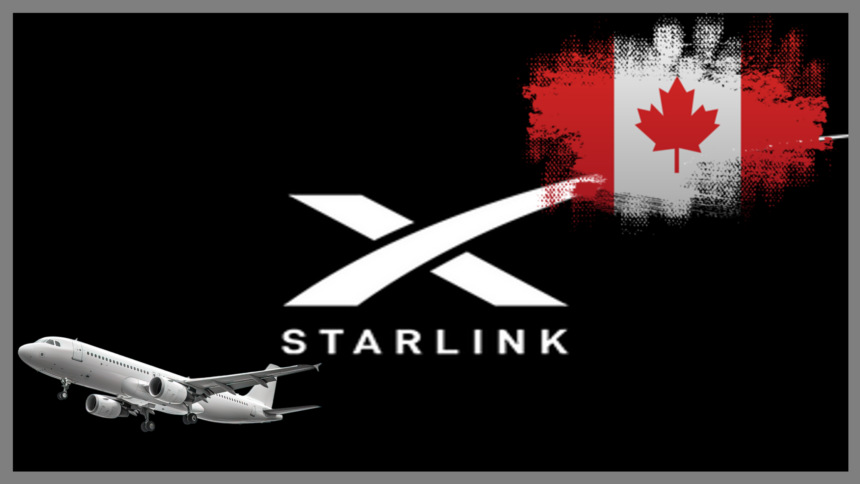SpaceX’s Starlink is rapidly expanding its in-flight internet services, providing a high-speed, low-latency connection for commercial airlines. With over 500 aircraft now equipped with Starlink, passengers on major airlines are experiencing faster and more reliable Wi-Fi than ever before. However, despite this progress, Starlink has lost a major government contract in Canada, dealing a blow to its ambitions of providing nationwide rural broadband access.
SpaceX began integrating Starlink into commercial aviation in 2022, but the service saw mass adoption in 2023 and 2024. While Starlink is making waves in the airline industry, its failure to secure the Canadian broadband contract underscores the challenges of government-backed connectivity projects.
What’s Happening & Why This Matters
A Growing Presence in Aviation
Starlink’s in-flight connectivity is gaining momentum, positioning itself as a game-changer in airline internet services. SpaceX Vice President Michael Nicolls confirmed that the number of aircraft equipped with Starlink Wi-Fihas surged, outpacing traditional satellite internet providers. The growing adoption includes:
- United Airlines is actively rolling out Starlink Wi-Fi across hundreds of jets, enhancing passenger experience.
- Hawaiian Airlines, Qatar Airways, and Air France have all signed agreements to install Starlink on their long-haul fleets.
- Airbus and Boeing jets, including the 737 and 777, are among the primary aircraft models supporting Starlink connectivity.
- Wi-Fi speeds range from 40 to 220Mbps, allowing passengers to stream content, browse, and work online without interruption.
Starlink is becoming the preferred option for global carriers looking to upgrade their onboard connectivity. It offers speeds that far exceed traditional airline Wi-Fi.
Setback in The Great White North
While Starlink’s aviation sector is booming, its efforts to expand broadband services in Canada have stalled. The Canadian government’s recent decision to award its rural broadband contract to a competing provider is a significant loss for SpaceX.
- Regulatory hurdles and pricing concerns contributed to the rejection of Starlink’s bid.
- The government cited affordability issues, stating that Starlink’s pricing model was not viable for large-scale deployment in remote areas.
- Competitors were favored for their existing infrastructure, making them a more attractive option for Canada’s broadband expansion plan.
- Starlink’s reliance on satellite-based internet meant that its solution was perceived as less sustainable in the long-term compared to fiber-optic alternatives.
Despite this setback, Starlink continues expanding globally, shifting its focus to aviation and international broadband markets where regulatory constraints are less of a concern.
TF Summary: What’s Next
Starlink’s expansion into commercial aviation is proving to be a massive success, with major airlines integrating its high-speed Wi-Fi service. However, the loss of the Canadian broadband contract raises concerns about Starlink’s ability to compete in government-funded infrastructure projects. While airlines continue to adopt Starlink’s technology, its challenges in securing regulatory approval and competing on pricing could impact future expansion into public-sector broadband initiatives.
— Text-to-Speech (TTS) provided by gspeech


